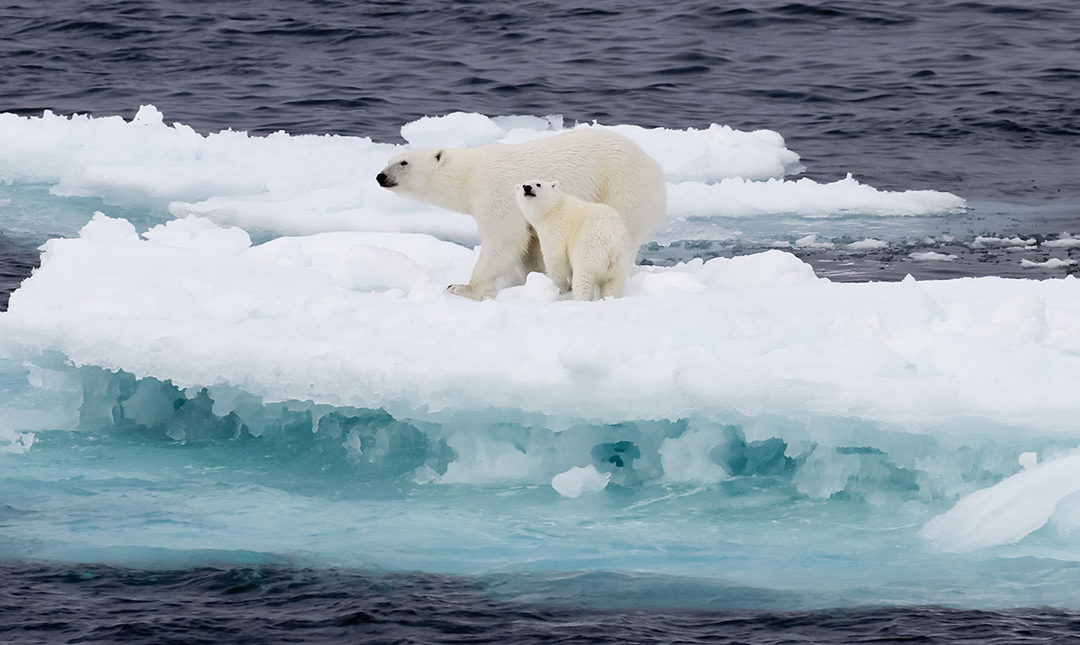Physical oceanography – one of the four main branches of oceanography – involves studying the properties (such as temperature and density) and movement (such as waves, currents, and tides) of ocean water. It also involves studying the interaction between the ocean and the Earth’s atmosphere, how the ocean stores and releases heat, and coastal dynamics. Stated another way, physical oceanographers study the interaction between the ocean and its boundaries — land, seafloor, and atmosphere — and the relationship between the sea, weather, and climate.
Physical oceanography is divided into descriptive and dynamical physical oceanography. Descriptive physical oceanography “approaches the ocean through both observations and complex numerical model output used to describe the fluid motions as quantitatively as possible.” Dynamical physical oceanography “seeks to understand the processes that govern the fluid motions in the ocean mainly through theoretical studies and process-based numerical model experiments.”
Clearly, physical oceanography is serious business – not only in terms of the scope and rigor of the academic subject matter that needs to be mastered (physics, mathematics, chemistry, computer science, statistics, data analysis, etc.) but also the pressing nature of the types of areas researched (climate change, greenhouse gasses, extreme sea-level events).
Like all of the main branches of oceanography, physical oceanography covers a lot of territory. Research carried out by physical oceanographers ranges from the microscopic to the global, from the coastline to the deep ocean, and from the ocean floor to the atmosphere. In fact, it might just be easier to list the areas it doesn’t cover.
And because it covers such a wide range of academic, geographic, and physical areas, it is difficult to provide a “brief” overview of physical oceanography. However, by looking at some broad areas of research addressed by physical oceanography and the skill set needed (together with citations and links to the relevant website in case you want to learn more), a clearer picture emerges of this critical area of oceanography.
To learn more about physical oceanography and to access Ocean Connect’s wide range of educational and career resources, please visit our Physical Oceanography snapshot.

